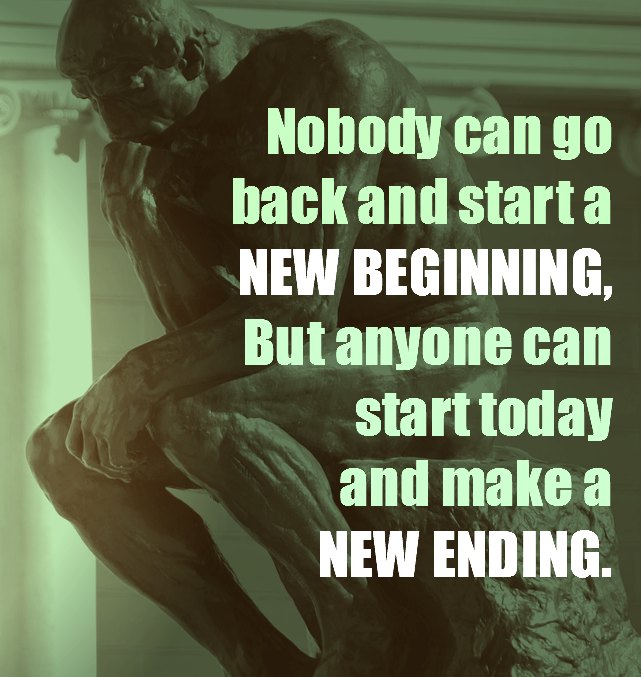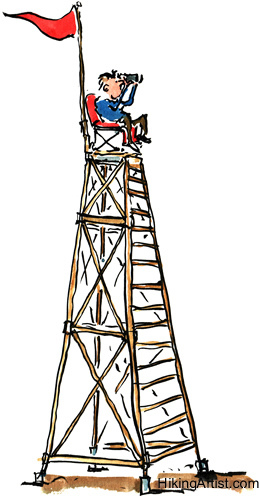I decided it was time I wrote a frog blog. All the signs were there. Today I saw a lone frog float drifting around the deserted Bad Allenmoos pool, which was filled with water too cold for all but the hardiest Swiss (and expats).
 It reminded me of an article I read online this morning about the worst ways to leave a job, and they mentioned the embarrassment of being ”frog marched” out the door, perhaps splayed out like that frog float. Googling the term, I found its usage dated back to the late 1800’s, but it seemed to apply more to drunken sailors than senior executives.
It reminded me of an article I read online this morning about the worst ways to leave a job, and they mentioned the embarrassment of being ”frog marched” out the door, perhaps splayed out like that frog float. Googling the term, I found its usage dated back to the late 1800’s, but it seemed to apply more to drunken sailors than senior executives.

Then on my way home, I was approached by two different sets of school children who were using their lunch break to peddle chocolate ”coins” to support a frog and wildlife charity.
So the signs were there. The end of the summer — the frog days of summer — called for a frog blog. The main question was how to relate frogs to thought leadership. Here’s my approach: offer a riddle and a widely recognized tale and a short poem for explanation.
First, the riddle, which I recently read online.
Question: If five frogs are sitting on a lily pad and four decided to jump off, how many frogs are left?
Answer: The answer to this old riddle is five—because deciding is different from doing.
As a thought leader, you may find that your ”deciding team” is much more committed to making decisions than to implementing them. You must find ways to make your thoughts more actionable decisions. Be sure they know the difference between deciding and doing.
Now for the familiar frog tale. The urban myth persists that if you put a frog in a pot of water and heat it until boiling, the frog will stay in the water and die. But if you throw a frog into boiling water, he will jump out and save its own life.
I’m not sure whether that story is literally true, but I do know that thought leaders can become so acclimated to their comfortable situation that they don’t notice the heat is rising in the industry pot. They may be insulated (or isolated because of their ”exalted position”) from changes that are occurring around them. Becoming accustomed to the gradually changing environment, they slowly perish, or at least their reputations do.
That insulation may come from complacency or even from being surrounded by well-meaning yay-sayers. Perhaps Emily Dickinson said it best in her famous frog-related poem:
I’m nobody! Who are you?
I’m nobody! Who are you?
Are you nobody, too?
Then there’s a pair of us — don’t tell!
They’d banish — you know!
How dreary to be somebody!
How public like a frog
To tell one’s name the livelong day
To an admiring bog!
As a thought leader, it’s easy to sit back on your lily pad and just talk to or at the admiring bogs during, for example, a town hall meeting internally or a trade conference or a media interview. Instead you should be engaging your audiences and stakeholders in challenging dialogue, not just making unchallenged proclamations. A thought leader certainly needs thought followers, but not only the admiring ones.
Are you as a thought leader confident enough to jump into the deep end and allow yourself to interact authentically and put your ideas forward for public scrutiny, like a frog being examined under a magnifying glass in biology class? Do you need help just wading in at first and positioning yourself as a thought leader very publicly, like a frog? Ask, assess, then act. We’re here to help!
 As 2013 draws to a close, it’s time to reflect on newsworthy events of the year.
As 2013 draws to a close, it’s time to reflect on newsworthy events of the year.









